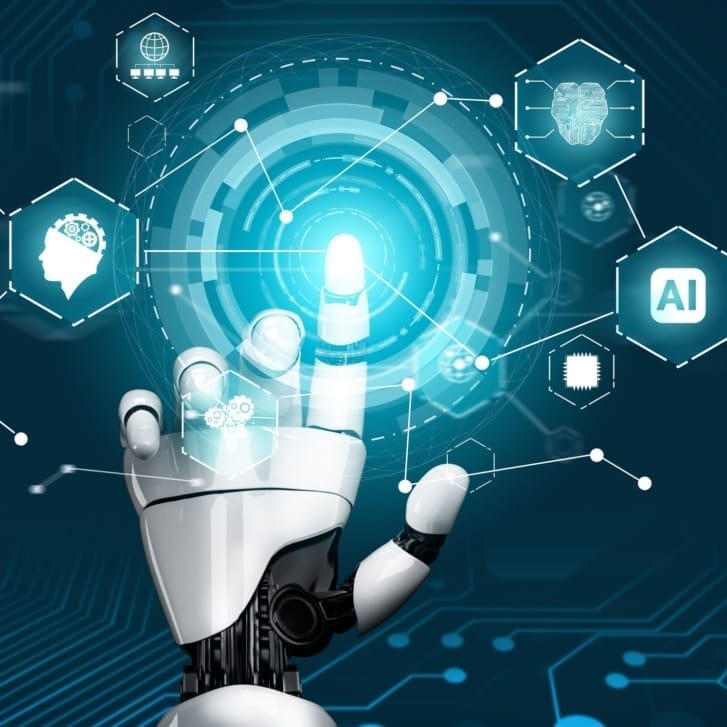What if a vacuum cleaner could operate more like a digital mapping system—not in what it does, but in how well it knows its user? This closer relationship makes for a better product and better vendor.
Digital Transformation Step One: Digitization
Digital transformation (DT) is all about data. While you can find many convoluted definitions for DT, the easiest way to think about it is that it enables companies to use customer data directly to drive their business. In a real sense, it enables companies to get closer to their customers.
Digital transformation for traditional companies is abstract because there’s nothing solid to anchor it to. So how does a traditional company transform into a company able to reap the rewards of digital transformation?
Their first step is to establish a digital link between their customers and their company, which can happen with the Internet of Things (IoT). IoT technology starts with connectivity, but it’s digitization where things get interesting. All companies, big and small, can transform into digital companies by using an IoT platform able to digitize their physical products.
This move to digitization is being led by some of the biggest companies out there. Pressures exerted by their more digitally-native competitors have led virtually all traditional Fortune 500 companies to digitize at least some of their product lines so that they can be online and operating digitally native products.
This pressure to transform is not limited to the biggest companies, however. Timing is everything, and it’s no different in digital transformation. The more digital a company, the more competitive it is. The spoils of competitive advantages go to the first movers in each market.
How the IoT Platform Enables Digital Transformation
IoT-based digital transformation is applied to physical products. For the traditional company, that’s terra firma—selling products is how they make money, the reason for everything else. And because it’s aligned with its culture, IoT-based digital transformation is both understandable and exciting enough to motivate employees to get behind it.
Central to both digital transformation and IoT is data. When applied properly, IoT technology collects source data from the physical world and converts it into useful information for the company.
Internal source data starts at the sensor. Converting that data into a digital payload, and then wrapping it with protocols so it can be sent on the network, is the work of a software agent that lives on the embedded system. This is the edge of the IoT network, from which the data payload is gathered and sent over the operational technology network to the IT network. From there, the data makes its way to the public cloud and then into a database, where it can be processed by analytics software or artificial intelligence. This processing creates models that produce information that is stored in the company’s business systems—which various departments within the company can access and use to streamline and improve how they operate.
This process performed by the IoT platform is what drives digital transformation. The IoT platform that enables the digitization of physical products and the collection of their data also provides the digital link between a company and its products and customers.
Leveraging IoT Data Throughout the Organization
The most obvious data to collect from the product is about the product itself. A product’s utility, usability, and performance can be modeled and compared with its actual use—resulting in innovations that improve products and lead to the creation of new ones.
But what other data can the product generate and collect that would be useful to the company? Beyond engineering, departments that can benefit from data include:
- Manufacturing
- Marketing
- Sales
- Support
- Business Development
- Human Resources
- Legal
Benefits of Being a Digital-Based Company
For the traditional company, IoT platform technologies allow them to become digital-based companies. From there, they can enjoy the increased competitiveness, faster innovation, better efficiency, new business models, and enhanced customer experiences that digitally native companies already enjoy.
Ultimately, the benefits of digital transformation revolve around getting closer to the customer—and using that customer proximity to improve the way companies engineer, market, sell, and support their customers. Having that closer vantage point results in tremendous competitive advantages.
The resulting competitive advantages are now attainable to all companies, big and small, that can harness the Internet of Things to achieve digital transformation for their products. In other words, IoT technologies can be used as keys to enter the kingdom of digital transformation. Once inside the kingdom, the sky’s the limit.


























